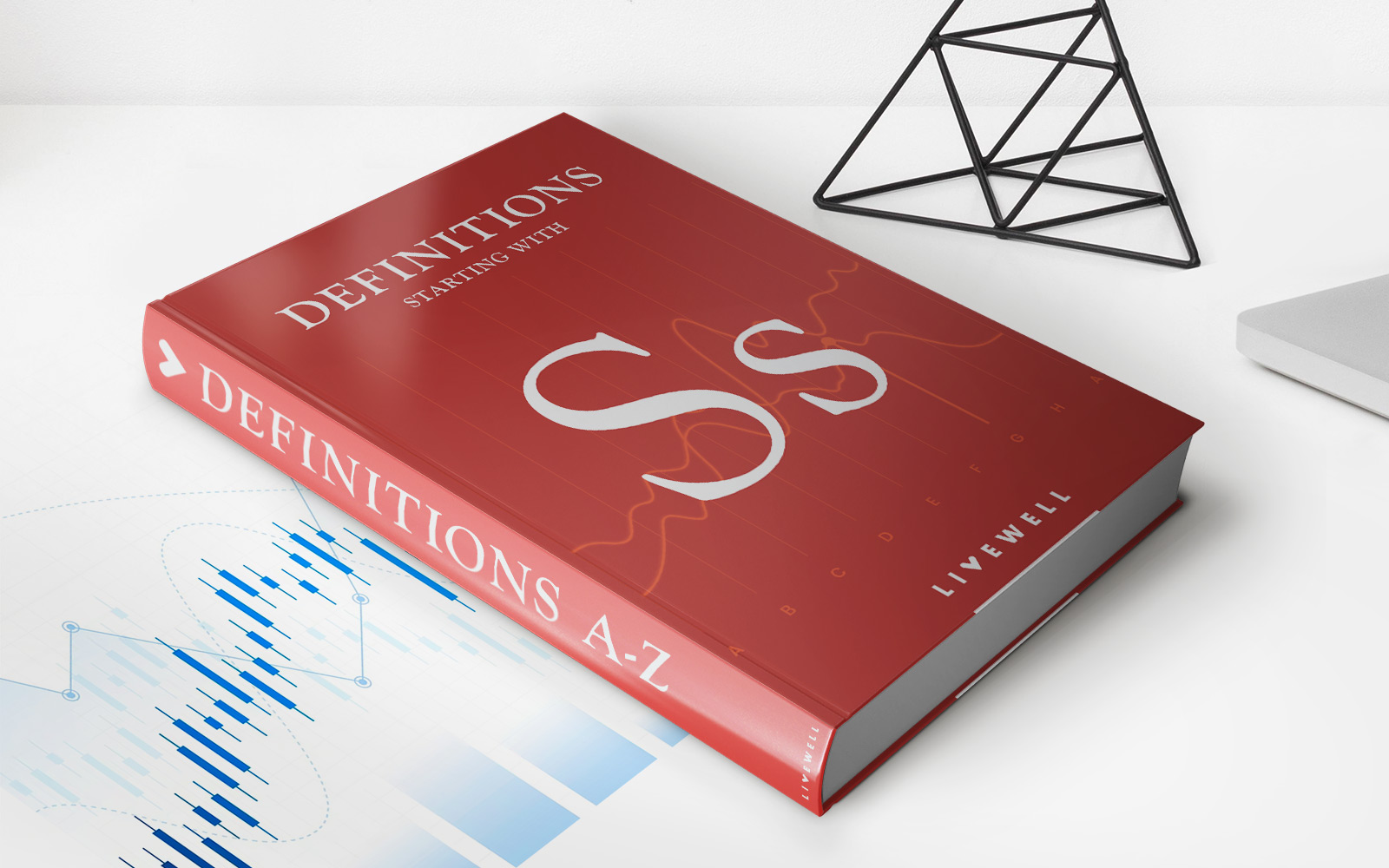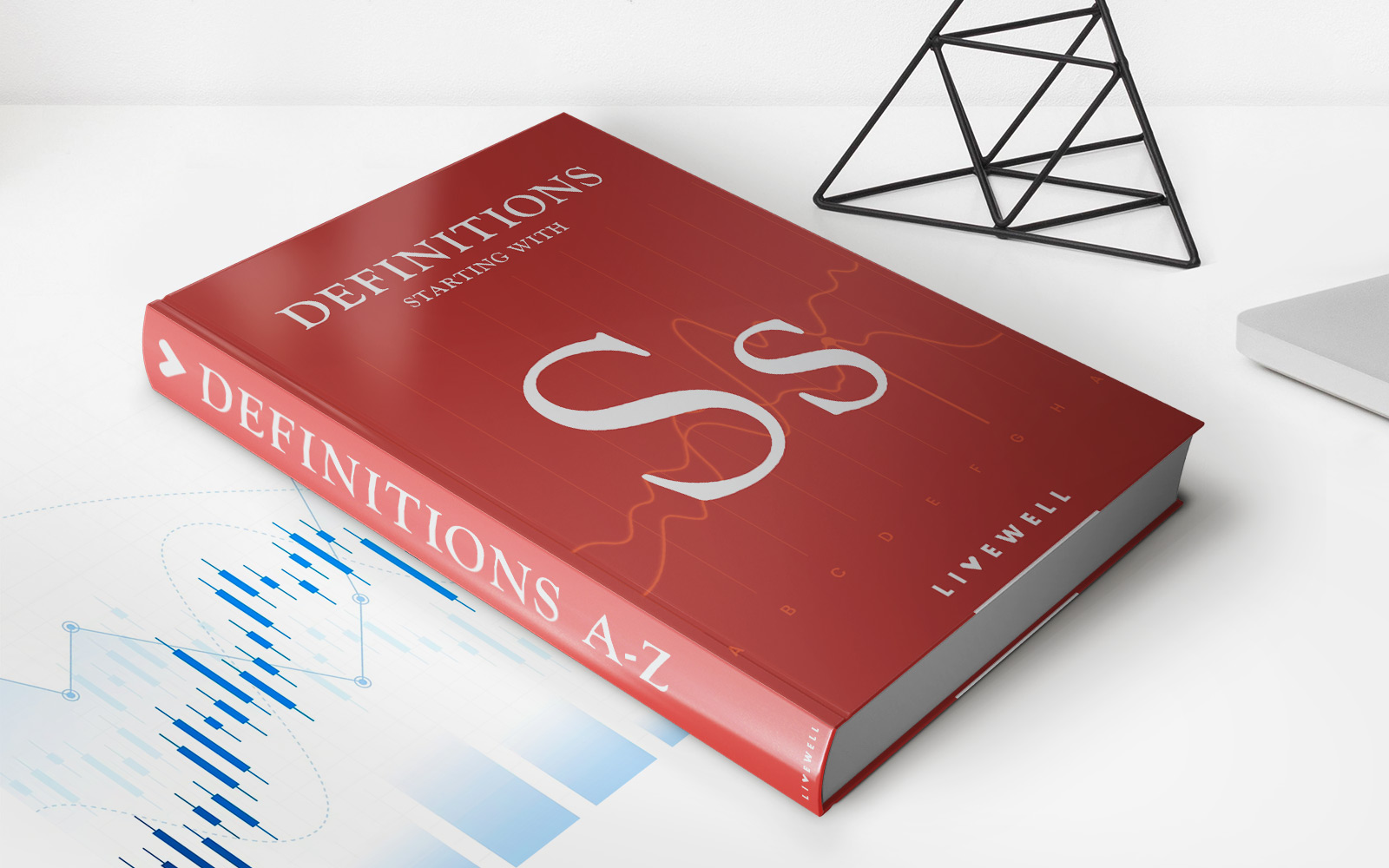

Finance
Class Of Shares Definition
Published: October 27, 2023
Learn the definition of class of shares in finance and how they impact ownership and voting rights. Dive into the details of different types of shares.
(Many of the links in this article redirect to a specific reviewed product. Your purchase of these products through affiliate links helps to generate commission for LiveWell, at no extra cost. Learn more)
Understanding Class of Shares: A Guide to Differentiating Share Types in Finance
When it comes to investing in stock markets or running a business, having a solid understanding of the different classes of shares is essential. Whether you are a seasoned investor or just starting out, knowing the nuances of these share categories can help you make informed decisions to grow your wealth. In this blog post, we delve into the world of class of shares, exploring what they are, why they matter, and how they can impact your investment strategy or business structure.
Key Takeaways:
- 1. Class of shares refer to the different categories of stocks or shares that a company can issue.
- 2. Each class of shares may have distinct rights, privileges, and characteristics, such as voting rights, dividends, and liquidation preferences.
What Are Class of Shares?
In simple terms, class of shares, also known as share classes, represent the different types or categories of stocks or shares that a company can issue. Each class typically comes with its own set of rights, privileges, and characteristics, which can determine the level of influence, control, or benefits shareholders have.
Companies often create multiple classes of shares to meet specific objectives or accommodate different types of investors. The most common types of share classes include:
- 1. Common Shares: Common shares are the most basic and widely held type of shares in a company. They typically entitle shareholders to a proportionate ownership interest, voting rights, and a claim on company profits through dividends.
- 2. Preferred Shares: Preferred shares are a class of shares that give holders certain preferential rights or priorities over common shareholders. These rights may include preferential dividends, access to the company’s assets in liquidation, or voting rights on specific matters.
- 3. Class A and Class B Shares: Some companies issue multiple classes of shares, often denoted as Class A, Class B, and so on. These classes can have different voting rights, dividend entitlements, or other characteristics.
- 4. Non-voting Shares: Non-voting shares, as the name suggests, do not carry voting rights. They are usually issued to investors who want to invest in a company’s growth potential without having a say in its decision-making process.
Why Do Different Class of Shares Matter?
The creation of different classes of shares allows companies to offer flexibility and tailor shareholder rights according to their specific needs. Here’s why different classes of shares matter in finance:
- 1. Control and Decision-making: Multiple classes of shares enable founders or existing shareholders to retain control or a higher level of influence over company decisions even after selling a portion of their ownership through a public offering or private investment.
- 2. Investment Preferences: Different classes of shares allow investors to choose the type of shares that align with their investment objectives, risk tolerance, and desired level of involvement. Whether a shareholder seeks steady dividends or capital gains, there is likely a class of shares that fits their preferences.
It’s crucial to thoroughly comprehend the different class of shares implications before making any investment or structuring a business. Consulting with a professional advisor or doing thorough research specific to your jurisdiction is always advisable to make well-informed decisions.
Now that you have a basic understanding of class of shares, you can approach your investment journey or business ventures with greater confidence and clarity.














